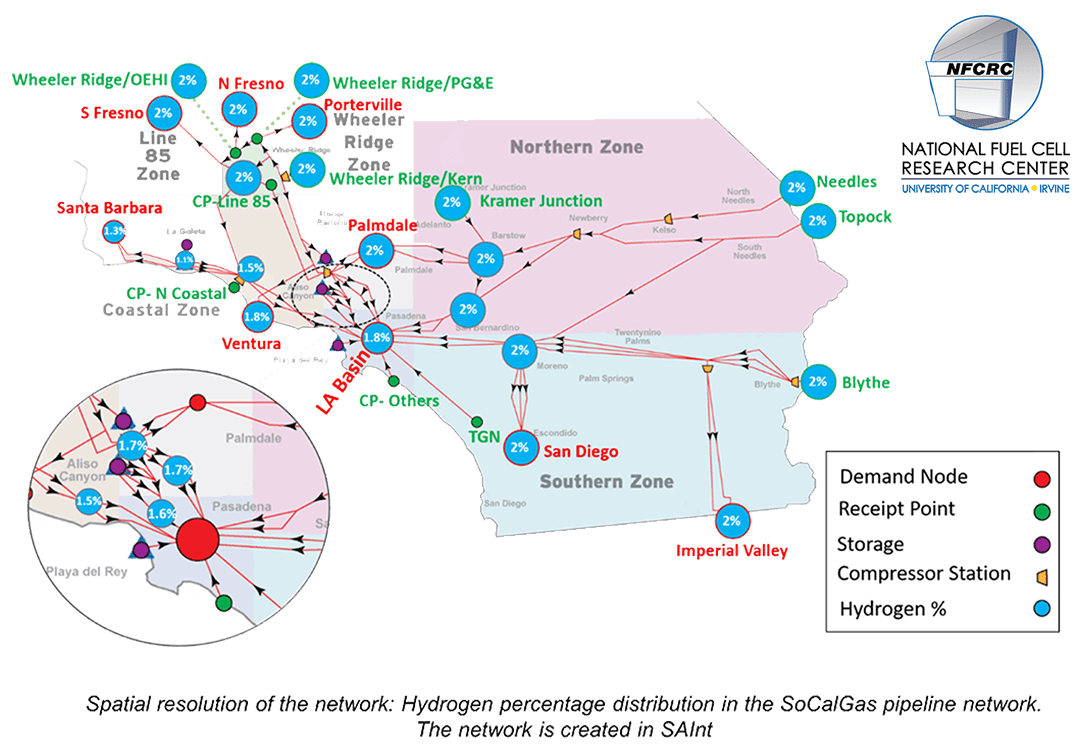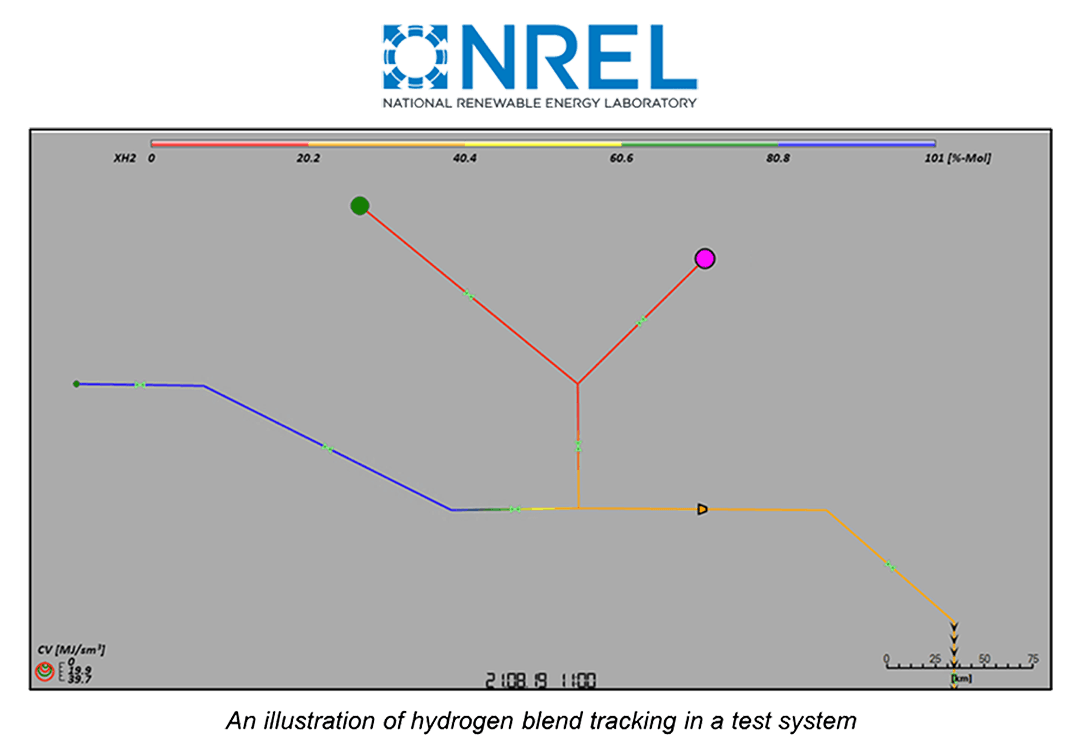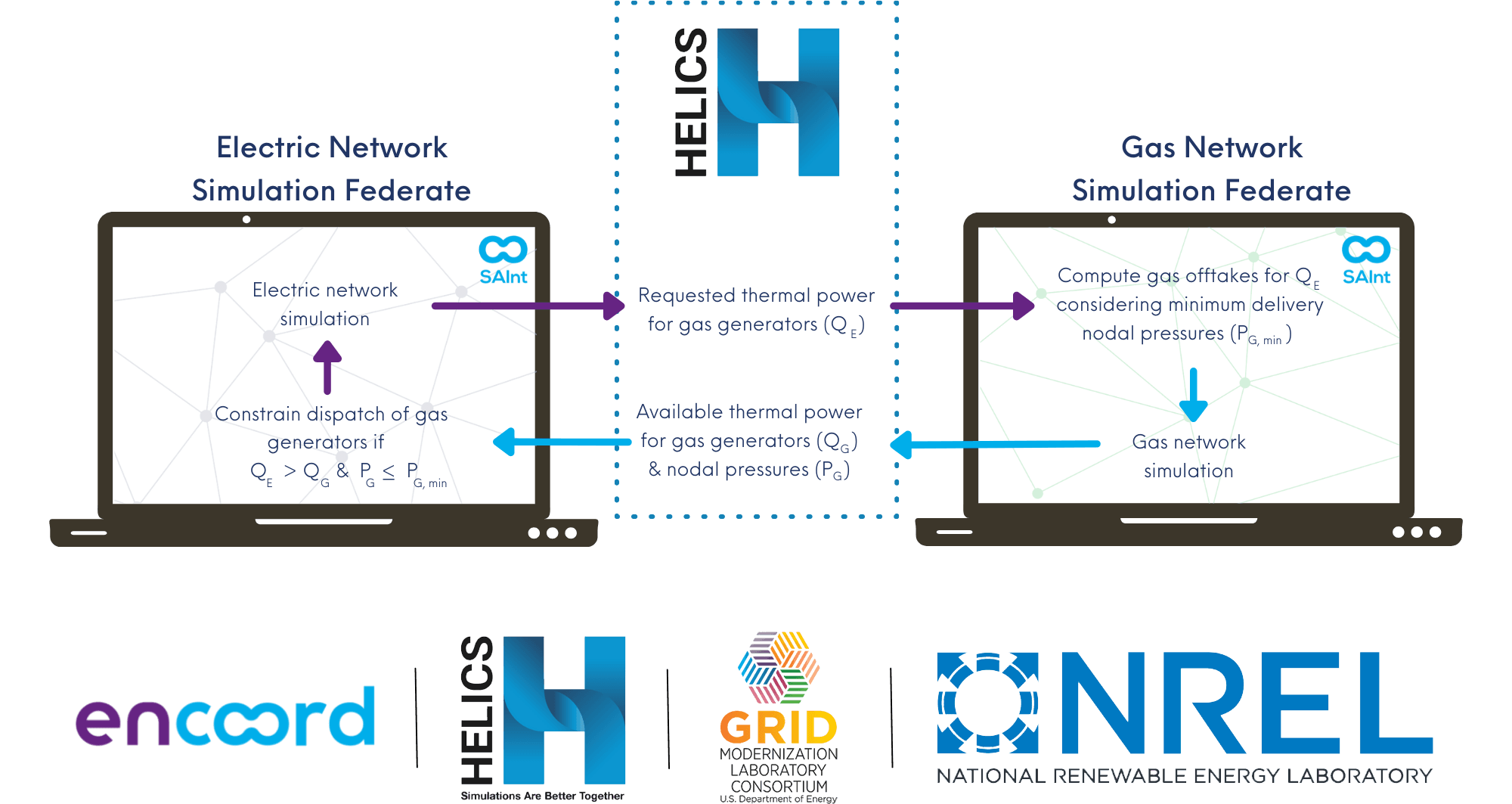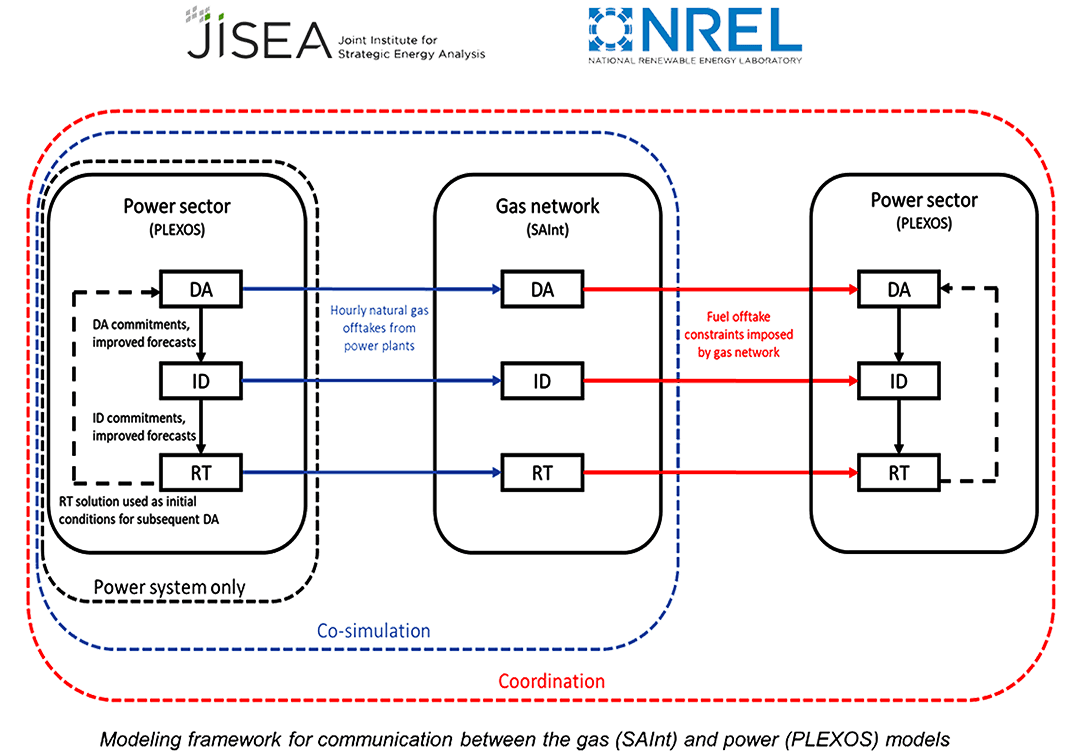A realistic model of Southern California natural gas infrastructure was developed to study the impact of mixing hydrogen in the system. Southern California gas network is analyzed for scenarios where injected hydrogen is 0%, 2%, and 20%. The model is developed in Python and utilizes SAInt software API to perform quasi-steady-state simulations of the network when natural gas is mixed with hydrogen. The model analyzes the complex natural gas network of Southern California each day for the entire year. The refined resolution of the model combined with the time horizon of one year makes it possible to adequately study the behavior of the network under hydrogen injection. The model can determine if all the network and storage constraints are met when hydrogen is injected into the network. These constraints include ensuring that maximum allowable pressure in none of the pipelines in the network is violated, compressor stations are within their working limit, and none of the storage units are outside their allowable range. The model is used to study the impact of injecting different hydrogen mixtures at different locations.

UCI - Blending Hydrogen into the Southern California Natural Gas Network
Case Study

Related Case Studies and Use Cases
Previous uses and future potential applications of SAInt

Ready to Learn More?
See how encoord can help you plan for the energy transition




